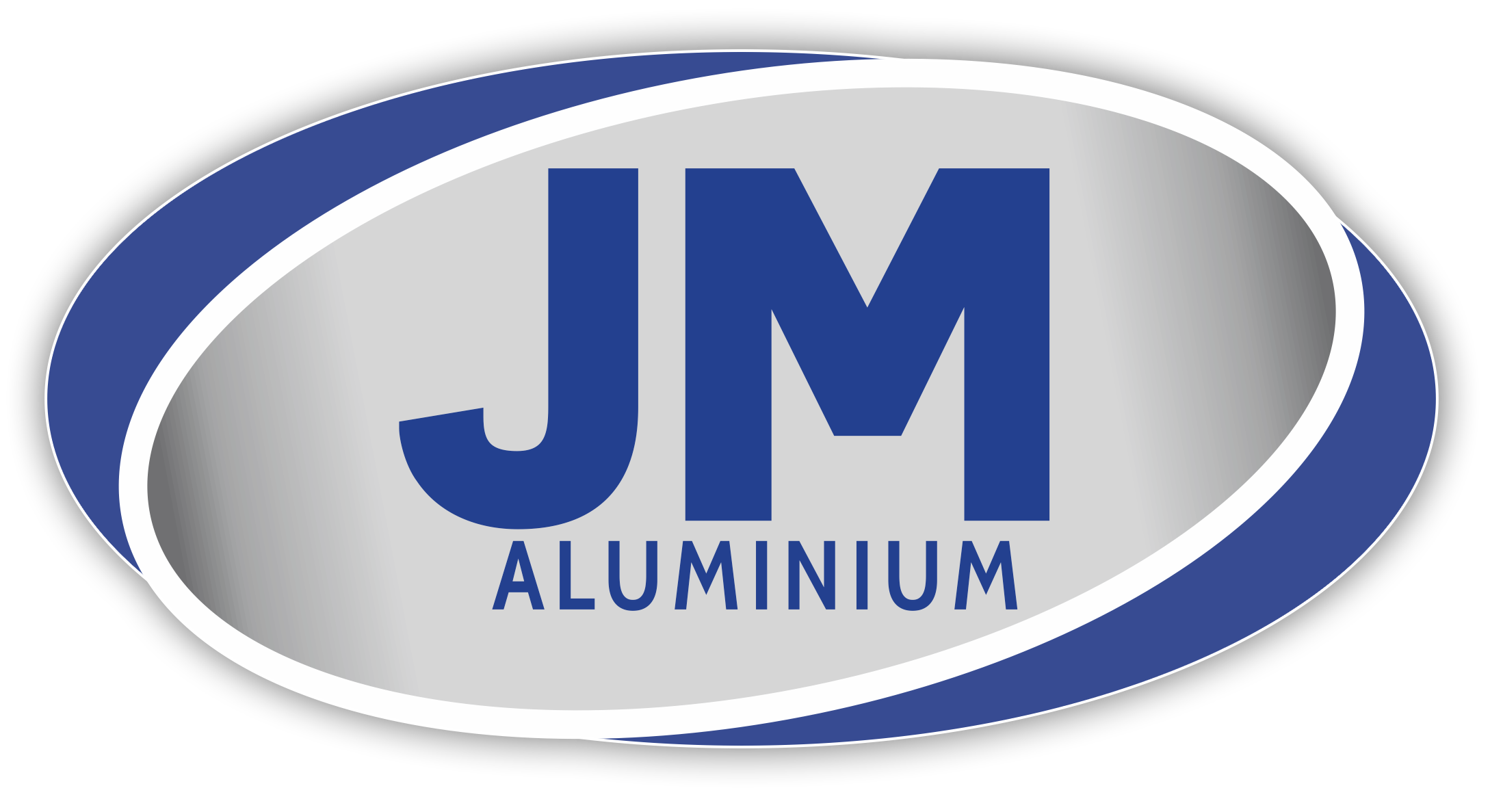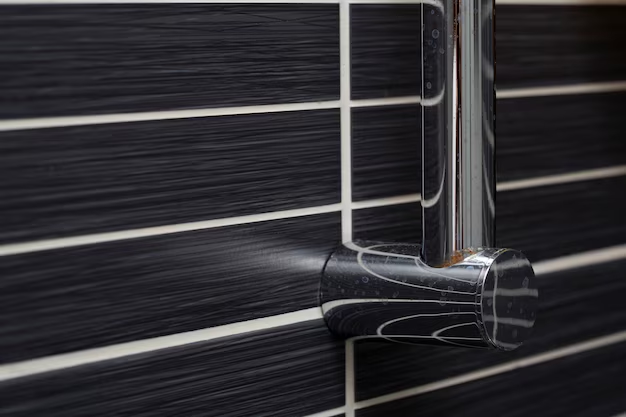Everything You Need To Know About Black Anodizing
Today, black anodizing has emerged as a sophisticated finish that can significantly extend the life of metal components while adding attractive visual appeal. In this article, you will learn everything you need to know about the black anodizing process, its benefits, and its applications. With a focus on its technical precision and aesthetic outcomes, the discussion delves into the method’s intricacies and its impact on modern manufacturing. It is especially popular in applications where both durability and design are critical. The article examines the underlying science, environmental considerations and integration with materials, such as specialized aluminium extrusion profiles, to provide a comprehensive overview of the range for engineers, designers and technical professionals. By doing so, it explains why industries continue to adopt this innovative surface treatment for a broad range of high-performance applications.
Understanding black anodizing
Black anodizing is a specialized electrolytic process that transforms standard aluminium surfaces into a dark, resilient finish. At its core, the treatment involves the controlled formation of an oxide layer, which is subsequently enhanced with a black dye to achieve a uniform, attractive appearance. The process is particularly valued for its ability to produce a robust surface that withstands both environmental wear and mechanical abrasion. Engineers and designers appreciate how the treatment boosts not only the corrosion resistance but also the overall strength of treated parts. In many technical applications, the use of black anodized aluminium results in components that maintain their visual and structural integrity over time. This method, marked by precise chemical and electrical controls, has become essential for projects where longevity and appearance go hand in hand.
The anodizing process explained
The anodizing process involves precise step-by-step procedures to optimize aluminium surface properties. The metal first receives extensive cleaning and degreasing procedures to eliminate surface contaminants that might disrupt the oxide layer’s uniformity. The aluminium piece enters an acid electrolyte solution after preparation to receive precise electrical stimulation. The applied electrical current drives the formation of a porous oxide layer across the surface. The porous structure receives dye treatment before sealing to create deep black hues while maintaining both colour retention and improved protective capabilities. The final product demonstrates outstanding protection against both corrosion and abrasion. The combination of precise chemical control with aesthetic requirements has led to decades of refinement, resulting in this method becoming a standard industrial treatment. Each component undergoes testing through this process to meet demanding quality and durability requirements.
Advantages of black anodizing
Black anodizing provides advantages that reach far beyond its aesthetic appeal. Black anodizing provides a primary benefit through its significant enhancement of corrosion resistance. The treatment process thickens the metal’s natural oxide layer to form a protective barrier which defends against moisture and chemical exposure. The improved surface hardness of black anodized materials protects components from damage while maintaining their optimal condition during demanding usage scenarios. Manufacturers value this treatment because it reduces maintenance needs and extends product lifespan. The refined finish stands out as a preferred choice in applications that require both high-performance standards and superior visual appeal. The combination of form and function through black anodizing has solidified its position as a preferred choice across multiple sectors, including consumer electronics and architectural elements.
Applications and material integration
Black anodizing demonstrates its versatility through its broad industrial adoption across various sectors. Black anodizing finds extensive use in industries that require durable yet visually appealing materials, including aerospace applications, automotive components and consumer electronic devices. The process integrates with aluminium extrusion profiles to create various components. The anodizing process delivers enhanced visual appeal to materials while simultaneously providing superior protection against environmental damage. The treatment’s capacity to provide uniform coverage on complex shapes and intricate details makes it the perfect solution for products that need a seamless and durable finish. The method’s versatility enables manufacturers to protect and decorate diverse products across both mass production and custom design operations. The extensive application range of black anodizing demonstrates its essential role in contemporary industrial design and engineering practices.
Design, performance, and aesthetics
Beyond technical performance, black anodizing plays a crucial role in shaping the design language of modern products. The process imparts a sleek, contemporary look that elevates the overall appeal of metal components. Treated surfaces exhibit a smooth, matte finish that is both sophisticated and versatile, making it a popular choice in premium applications. When applied to critical components, the treatment not only enhances visual consistency but also contributes to improved friction resistance and durability. Products can strike a perfect equilibrium between their functional needs and design aspects to deliver high-performance capabilities while maintaining attractive aesthetics. Designers value the process because it enables extensive customization, which helps create products that match unique architectural or branding requirements. The final product achieves a sophisticated appearance which aligns with contemporary industrial design principles and consumer market demands.
Sustainability and future trends
Black anodizing stands as an essential component of modern manufacturing operations where sustainability remains a fundamental priority. The drive to minimize environmental impact in industries has led to technological advancements that focus on both energy efficiency and waste reduction in anodizing processes. The development of eco-friendly electrolyte solutions combined with optimized electrical processes creates new possibilities for sustainable anodizing techniques. The long-lasting nature of anodized finishes enhances sustainability because it extends product life spans and minimizes replacement requirements. The long-lasting nature of anodized finishes helps preserve resources while reducing environmental damage. The future development of anodizing techniques will integrate sustainability objectives with rising market requirements for durable and visually appealing finishes. The future of anodizing technology will be shaped by advancements in process efficiency and environmental safety, which will boost its role in modern design and industrial applications.
Conclusion
In summary, black anodizing represents a blend of science and art that transforms ordinary aluminium into a durable, visually appealing material. The process, characterized by its precise chemical and electrical controls, delivers a finish that excels in both performance and aesthetics. Its ability to significantly improve corrosion resistance and surface hardness makes it indispensable in various high-demand applications. With effective integration into components like aluminium extrusion profiles, black anodizing continues to shape modern manufacturing practices. As the industry moves toward more sustainable practices, the evolution of anodizing technology promises to further enhance its benefits. This enduring technique remains a cornerstone of innovation in the field of metal finishing, ensuring that both form and function are delivered in equal measure.




